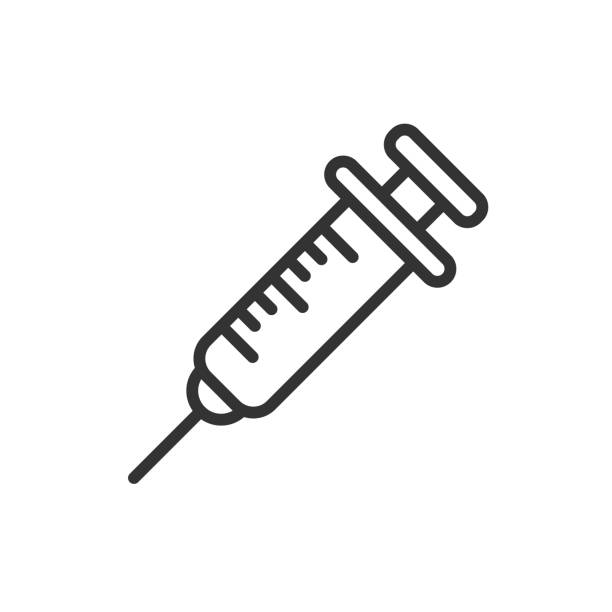Indications
Bleomycin sulfate should be considered a palliative treatment. It has been shown to be useful in the management of the following neoplasms either as a single agent or in proven combinations with other approved chemotherapeutic agents:
Squamous Cell Carcinoma: Head and neck (including mouth, tongue, tonsil, nasopharynx, oropharynx, sinus, palate, lip, buccal mucosa, gingivae, epiglottis, skin, larynx), penis, cervix, and vulva. The response to Bleomycin sulfate is poorer in patients with previously irradiated head and neck cancer.
Lymphomas: Hodgkin’s disease, non-Hodgkin’s lymphoma.
Testicular Carcinoma: Embryonal cell, choriocarcinoma, and teratocarcinoma. Bleomycin sulfate has also been shown to be useful in the management of Malignant Pleural Effusion
Pharmacology
Although the exact mechanism of action of bleomycin sulfate is unknown, available evidence indicates that the main mode of action is the inhibition of DNA synthesis with some evidence of lesser inhibition of RNA and protein synthesis.
Bleomycin is known to cause single, and to a lesser extent, double-stranded breaks in DNA. In in vitro and in vivo experiments, bleomycin has been shown to cause cell cycle arrest in G2 and in mitosis. When administered into the pleural cavity in the treatment of malignant pleural effusion, bleomycin sulfate acts as a sclerosing agent.
Dosage And Administration
Because of the possibility of an anaphylactoid reaction, lymphoma patients should be treated with 2 units or less for the first 2 doses. If no acute reaction occurs, then the regular dosage schedule may be followed.
Squamous cell carcinoma, non-Hodgkin’s lymphoma, testicular carcinoma: 0.25 to 0.50 units/kg (10 to 20 units/m2) given intravenously, intramuscularly, or subcutaneously weekly or twice weekly.
Hodgkin’s disease: 0.25 to 0.50 units/kg (10 to 20 units/m2) given intravenously, intramuscularly, or subcutaneously weekly or twice weekly. After a 50% response, a maintenance dose of 1 unit daily or 5 units weekly intravenously or intramuscularly should be given.
Pulmonary toxicity of Bleomycin sulfat appears to be dose-related with a striking increase when the total dose is over 400 units. Total doses over 400 units should be given with great caution.
Note: When Bleomycin sulfat is used in combination with other antineoplastic agents, pulmonary toxicities may occur at lower doses.
Improvement of Hodgkin’s disease and testicular tumors is prompt and noted within 2 weeks. If no improvement is seen by this time, improvement is unlikely. Squamous cell cancers respond more slowly, sometimes requiring as long as 3 weeks before any improvement is noted.
Malignant Pleural Effusion: 60 units administered as a single dose bolus intrapleural injection
Interaction
Increased incidence and severity of lung toxicity with previous or concurrent radiotherapy to the chest. Combination with vinca alkaloids may result to a syndrome corresponding to morbus Raynaud, ischaemia which can lead to necrosis of peripheral parts of the body (fingers, toes, nose tip). May reduce the absorption of phenytoin. Increased risk of agranulocytosis with clozapine.
Contraindications
Acute pulmonary infection or greatly reduced lung function. Concomitant brentuximab, cisplatin or oxygen. Lactation.
Side Effects
Common side effects of Bleomycin Sulfate include injection site reactions (pain, redness, warmth, itching, or swelling), fever, chills, vomiting, loss of appetite, weight loss, darkening or discoloration of the skin, changes in fingernails or toenails, itching, or pain near your tumor.
Pregnancy And Lactation
Pregnancy Category D. It is not known whether the drug is excreted in human milk. Because many drugs are excreted in human milk and because of the potential for serious adverse reactions in nursing infants, it is recommended that nursing be discontinued by women receiving Bleomycin Sulfate therapy.
Precautions And Warnings
Caution should be taken in patient with severe heart disease, Renal impairment, Elderly & Pregnancy.
Overdose Effects
Symptoms: Hypotension, fever, rapid pulse and general symptoms of shock.
Management: Symptomatic. In case of resp complications, treat with a corticosteroid and a broad-spectrum antibiotic.
Therapeutic Class
Cytotoxic Chemotherapy
Use in special populations
Pediatric Use: Safety and effectiveness of Bleomycin in pediatric patients have not been established.
Geriatric Use: In clinical trials, pulmonary toxicity was more common in patients older than 70 years than in younger patients
Storage Conditions
Store between 2-8°C. Protect from light and should not be used after the expiration date is reached.
